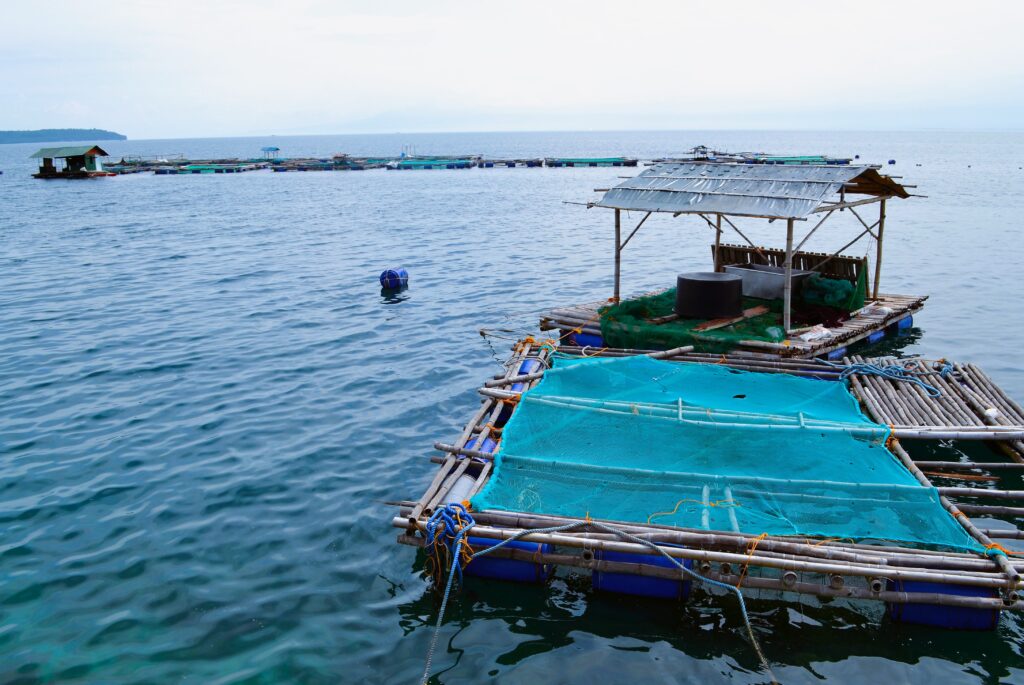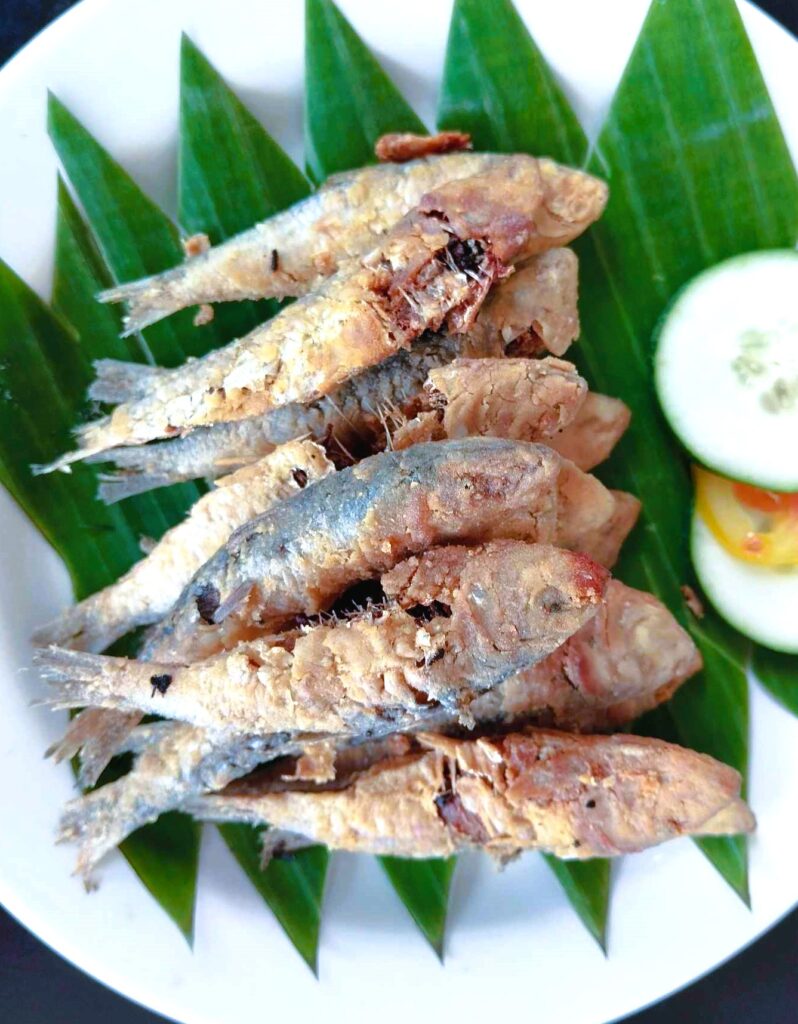Text and Photos by Henrylito D. Tacio
The Philippine underwater is home to over 488 species of corals, 981 species of bottom-living algae, six marine turtle species, and 5,000 species of clams, snails, and mollusks. On top of that, over 3,000 fish species have been recorded to be endemic to the Philippines.
If we don’t watch out, some of these species may soon vanish from this part of the world.
Take the case of the giant clam, locally known as taklobo and known in the science world as Tridacna gigas. It may not be endemic but the Philippines is one of the few countries where it lives. This bivalve mollusk can be found most in the coral reefs of South Pacific and Indian Ocean. It is also present in the South China Sea.
Giant clams are the largest living bivalves as their size can reach up to 1.5 meters. They are described as “solar marine species,” which means they need the sun to grow, survive and thrive. Most of them prefer to live in shallow waters, particularly in coral reef areas that makes them vulnerable to poaching and exploitation.
“The giant clam gets only one chance to find a nice home,” according to a report released by the National Geographic. “Once it fastens itself to a spot on a reef, there it sits for the rest of its life.”
Giant clams may be bottom-dwelling behemoths but they are also on the brink of extinction. “Populations of wild giant clams are declining rapidly in various countries, including Australia, Indonesia, Malaysia and the Philippines,” deplores Endangered Species International.
It is not surprising therefore why giant claims also appeared in the International Union for Conservation of Nature (IUCN) Red List of Threatened Species. Giant clams are also included in the list of Convention on International Trade in Endangered Species of Wild Fauna and Flora (CITES), whose mission is to monitor and regulate international wildlife trade.
To save the giant clams, the Philippine government included the giant clams in the Philippine Fisheries Code (Republic Act 8550). It prohibits the collecting, property, sale and export of giant clams. Should someone caught violating the law, the person will be fined administratively “three times the value of the species, or P300,000 to P3 million.”
In addition, the person committing the unlawful act will be imprisoned from five to eight years and a fine equivalent to twice the administrative fine, and forfeiture of species.
There are several reasons why their population underwater is getting smaller. The foremost reason is that giant clams are harvested for food. “Though the soft body parts account for about 10% of the body weight, it is nearly pure, healthy protein,” said Oceana, an international organization trying to protect the world’s oceans.
“The giant clam is considered a delicacy in Japan, France, Southeast Asia and many Pacific Islands,” Wikipedia claims. “Some Asian foods include the meat from the muscles of clams.”
Others believe giant clams have aphrodisiac powers. Wikipedia offers this brief account: “A team of American and Italian researchers analyzed bivalves and found they were rich in amino acids that trigger increased levels of sex hormones. Their high zinc content aids the production of testosterone.”
Saving giant clams is not a lost cause though. The Philippines has one of the most successful initiatives in saving the giant clams from becoming extinct.
“Giant clams are being protected through the Marine Protected Areas,” says Dr. Rafael D. Guerrero, an academician with the National Academy of Science and Technology (NAST). In addition, artificial spawning of giant clams has already been done by the Marine Science Institute (MSI) of the University of the Philippines in Bolinao, Pangasinan.
In Davao Region, another success story is initiated by the Davao del Norte State College (DNSC) which manages the Marine Reserve Park and Multipurpose Hatchery at Barangay Adecor in Kaputian District in the Island Garden City of Samal.
Preservation efforts commenced in 1999 when the area was declared a marine park. It got a major boost when MSI provided the much-needed support through its Giant Clam Enhancement Program. Today, more than 3,500 giant clams are thriving in the 14-hectare marine reserve park.
In response to the call for conservation and increasing interest among the locals and international tourists in giant clams, the community-based Taklobo Tours Project was launched in 2013. Today, it is now one of the island’s tourist destinations.
“Awesome and inspiring marine sanctuary that protects several species of giant clams,” commented one tourist. “With our snorkel masks on, we were led underwater by a certified guide to witness firsthand these amazing sea creatures. We also learned about their habitat, life cycle and feeding. A definite must-see.”
Indeed, there’s still hope for giant clams. “To save our giant clams, we should protect them in the wild from poachers (particularly foreigners) and promote their sea farming,” suggests Dr. Guerrero.
Another marine species that is being threatened in the country is the tawilis. Some environmentalists believe they may soon disappear from swimming in the waters of Taal Lake in Batangas. The Switzerland-based IUCN has included the freshwater fish as endangered species.
A couple of years back, the Slow Food Foundation for Biodiversity reported that the Ark of Taste International has listed tawilis in the “catalogue of endangered heritage foods of the Philippines.”
“The tawilis is now considered endangered due to overfishing, pollution and predation,” the Marine Wildlife Watch (MWW) in the Philippines said in an infographic that was posted in its Facebook.
A species is considered endangered when it is seriously at risk of extinction. The inclusion of tawilis in the endangered list is a “wake-up call,” to quote the words of Dr. Mudjekeewis Santos of the NAST, for Filipinos as tawilis can only be found in the Philippines and it is the only freshwater sardine in the world.
“(Tawilis) is found in the third largest lake in the country with an area of more than 66,000 hectares and average depth of 60 meters,” said Dr. Guerrero III, a fishery expert. “The fish was landlocked with the formation of Taal Volcano, about 100,000 years ago, which separated the body of water from the sea.”
Although small, about six- to seven-inches long, tawilis is the most dominant fish caught in the lake. The Bureau of Fisheries and Aquatic Research (BFAR), a line agency of the Department of Agriculture, said the fish is caught by gill net, beach seine, ring net and motorized push net.
This author had been to the mesmerizing Tagaytay and had the opportunity of seeing Taal Lake from a distance. When we had our lunch, we ordered fried tawilis. After eating, I concurred with what they were saying; that tawilis is really mouth-watering.
“I love the deep-fried style,” says Dr. Richard T. Mata, a physician from Panabo City who never fails to order tawilis whenever he goes to Tagaytay. “They always say that the beauty of tawilis is that you can eat the whole fish without removing the bones. My son loves it, too.”
In addition to raw consumption, tawilis is also processed into various food products. It is one of the many fish species dried, salted and sold as daing in the country. They are also smoked and bottled in oil and sold commercially.
Overfishing has been cited as the primary culprit for it to become an endangered species. “The major cause of the drastic decline in the tawilis catch of the fisherfolk in the lake is overfishing, wherein the rate of human exploitation of the fish surpassed the ability of the fish to replenish itself,” commented Dr. Guerrero, who used to be the director of the Philippine Council for Aquatic and Marine Research and Development.
The MWW reported that the tawilis population has decreased by at least over 50% in the last decade. It said that the reported total catch of tawilis was 1,672 metric tons in 1998. The total catch of the fish dropped to 240 metric tons in 2005 and further dipped to 107 metric tons in 2010.
The use of illegal fishing gear has also contributed to the fish’s demise. “The illegal use of trawlers and ‘superlights’ to attract the fish at night in the past almost wiped out the species,” Dr. Guerrero claimed.
Something must be done to save the tawilis from extinction. Or else, the country will lose an icon culturally, a significant fish historically and a big loss to Philippine cuisine.
“Ecologically, without tawilis, Taal Lake will become less biodiverse, unbalanced, and less resilient to environmental changes,” explains Dr. Arnel “AA” Yaptinchay, MWW founder and director.
Once tawilis is gone from the waters of Taal Lake, the fish will be gone forever. “If lost, it can never be replaced again,” Dr. Yaptinchay reminds.
Several things can be done to keep tawilis from thriving. “Address all the threats simultaneously,” Dr. Yaptinchay suggests. “Government needs to step in and regulate activities in the lake and manage fishing activities by introducing closed seasons for tawilis, and probably even a temporary ban until a non-determent finding is done.
“More biological and ecological studies should be conducted, especially in culturing the species,” he adds.
Here’s the good news. In an exclusive interview, Dr. Guerrero reported that the National Fisheries Research and Development Institute of the agriculture department is considering “the imposition of a closed season (period of no fishing) during the peak spawning time of the tawilis.” – ###



